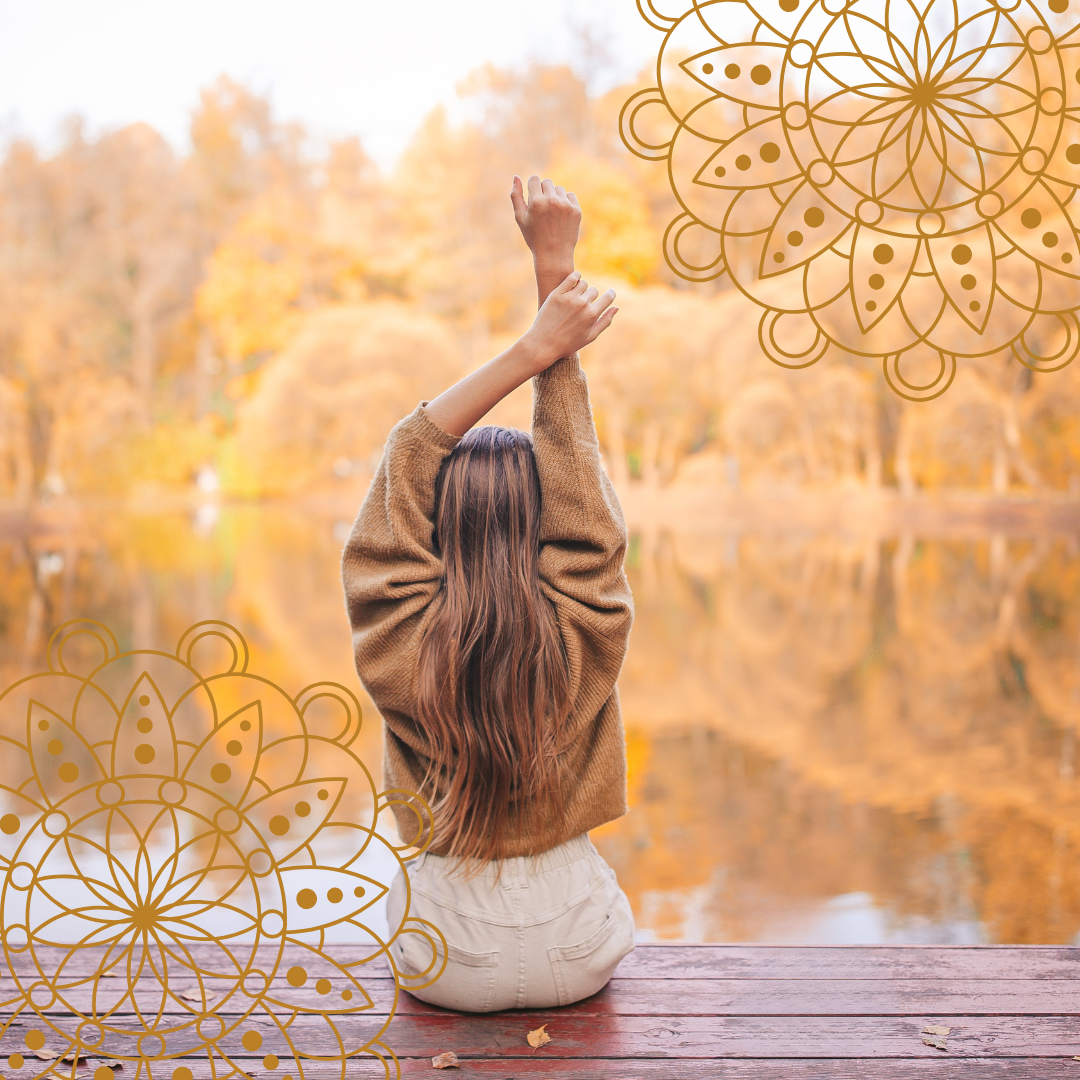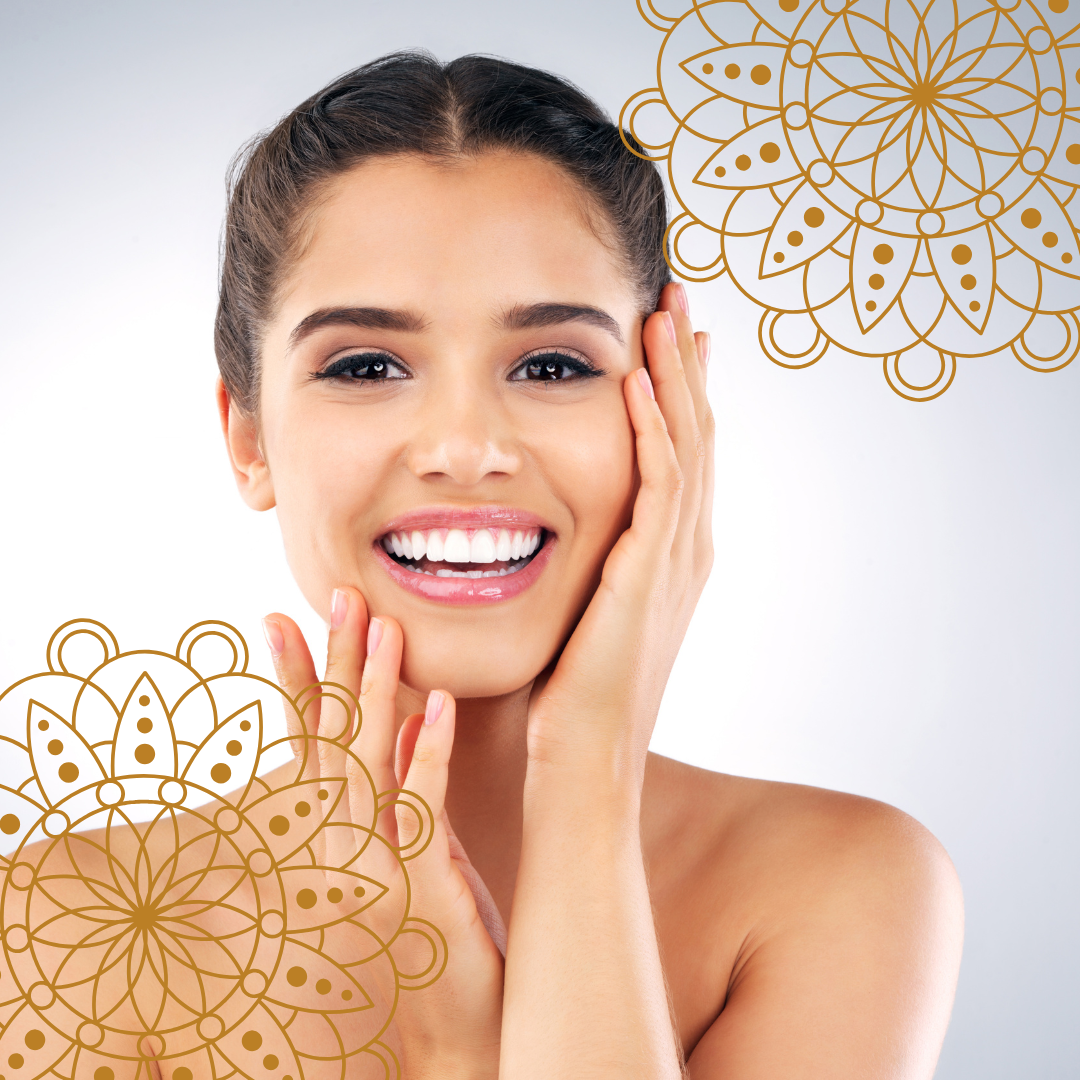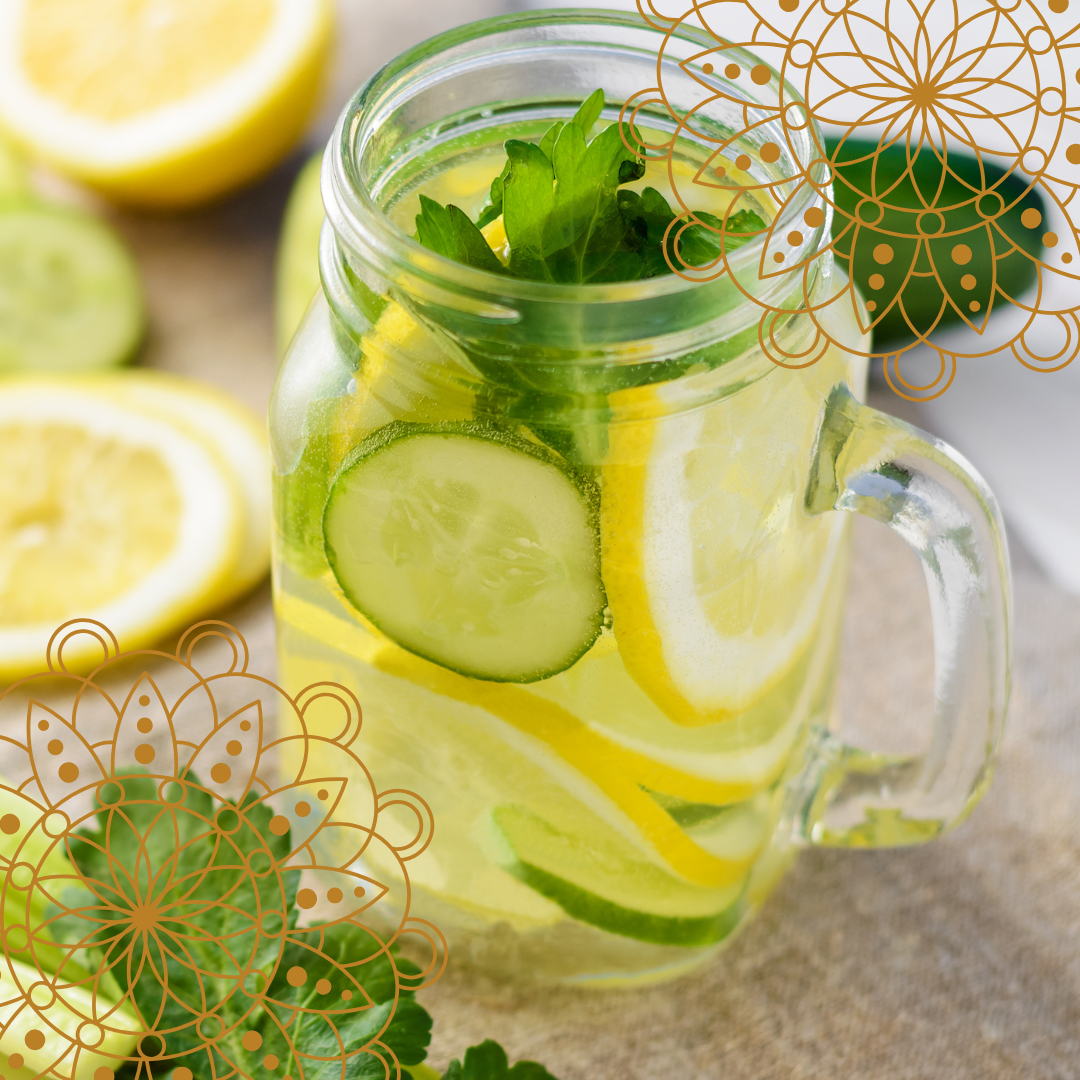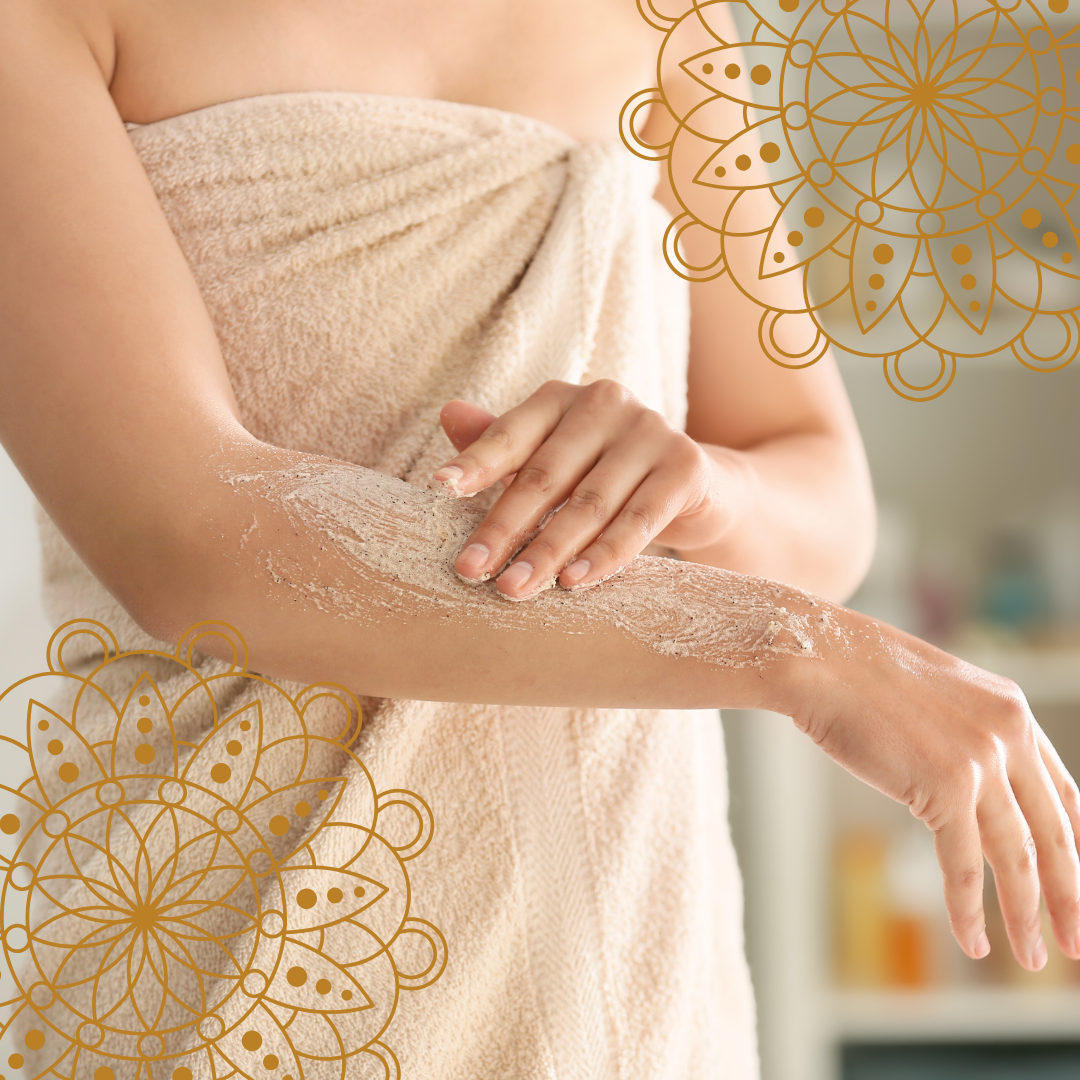Ayurveda and Yoga for You,Today's Therapist - September/October 2004 - Issue - 30
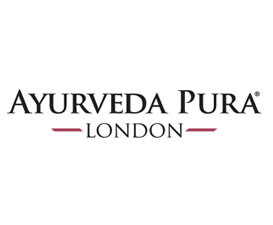
Relax your body, mind and soul
Introduction: With a busy life style and "too much on hands", one finds it very difficult to find time for himself. It is even more difficult to find time for relaxation. But to maintain good health and mind it is important that one relaxes not only his body but also his mind (and ultimately soul).
According to Yoga, the best way to relax ones body and mind is by practising, what is called, the Shavasana or corpse position.
The pose: Lie flat on the back with arms away from the body and palms facing the ceiling. Legs are stretched out and slightly apart. Ensure your body is kept warm at all times. The head and spine should be in a straight line. Relax the whole body and stop all physical movements. Inhale deeply. Exhale and relax all the muscles of your body, let go and let your body sink into the ground. Systematically concentrate on each part of your body and release the tension formed in each part. Relax your mind by focussing on the breath without influencing its rhythm. Now completely relax yourself.
At the end of the relaxation phase, slowly deepen your breath by becoming aware of it. Get your attention back into your body by gently moving your fingers and toes, hands and feet and gradually your whole body. Deepen your breath and stretch yourself in all directions. Get back to the sitting position. Give your mind a pause and get back to you days work.
Duration: This depends on the time available. Ideally 15-25 minutes of relaxation is very good for the body. Although 3-5 minutes is also sufficient to get the lost energy back into the body. It is most beneficial to practise the corpse position at the end of the day when the body needs it the most. 5-10 minutes of deep relaxation phases can be practised during or after work hours to restore energy in the body.
Benefits: Shavasana relaxes the whole psycho-physiological system of the body. It helps trigger the relaxation impulse in the body. It relaxes the nervous system and the muscles. Stress hormones are broken down and endorphins (happy hormones) are produced. The parasympathetic system is stimulated and in turn the sympathetic system is inhibited. The arterial walls are relaxed and hence the circulation is regulated. The immune system is stimulated and activated, hence ailments like common cold and metabolic disorders can be prevented. This position helps the body to repair damaged tissues and replace with new ones. It also helps improve breathing and hence the oxygen exchange in the lungs.
- This relaxation position is especially good against:
- Hypertension
- recurrent headaches and migraines
- gastro-intestinal problems like gastric ulcers, disturbances in digestion
- stress related conditions
- insomnia
- depression
- anxiety
- hyperventilation
- lethargy
General precautions: For people with back problems, it is advisable to place a rolled blanket under the thighs and knees so that the lower back is lengthened and receives optimum support. Like wise place a roll under the neck to support it. It always suggested covering yourself with a sheet so that you are kept warm during the position. Remember to take a short pause after finishing the position before you get back to your normal day.


